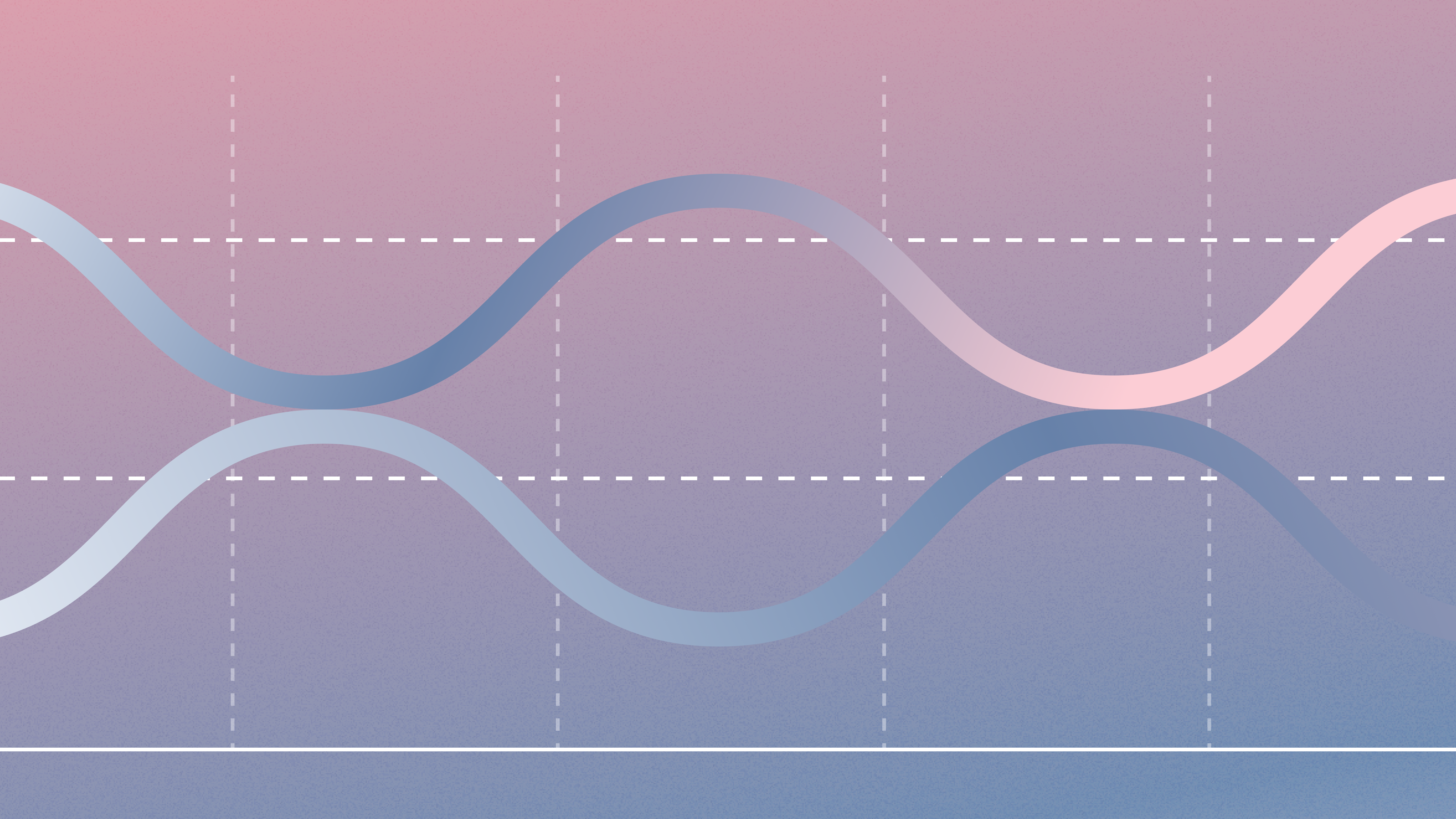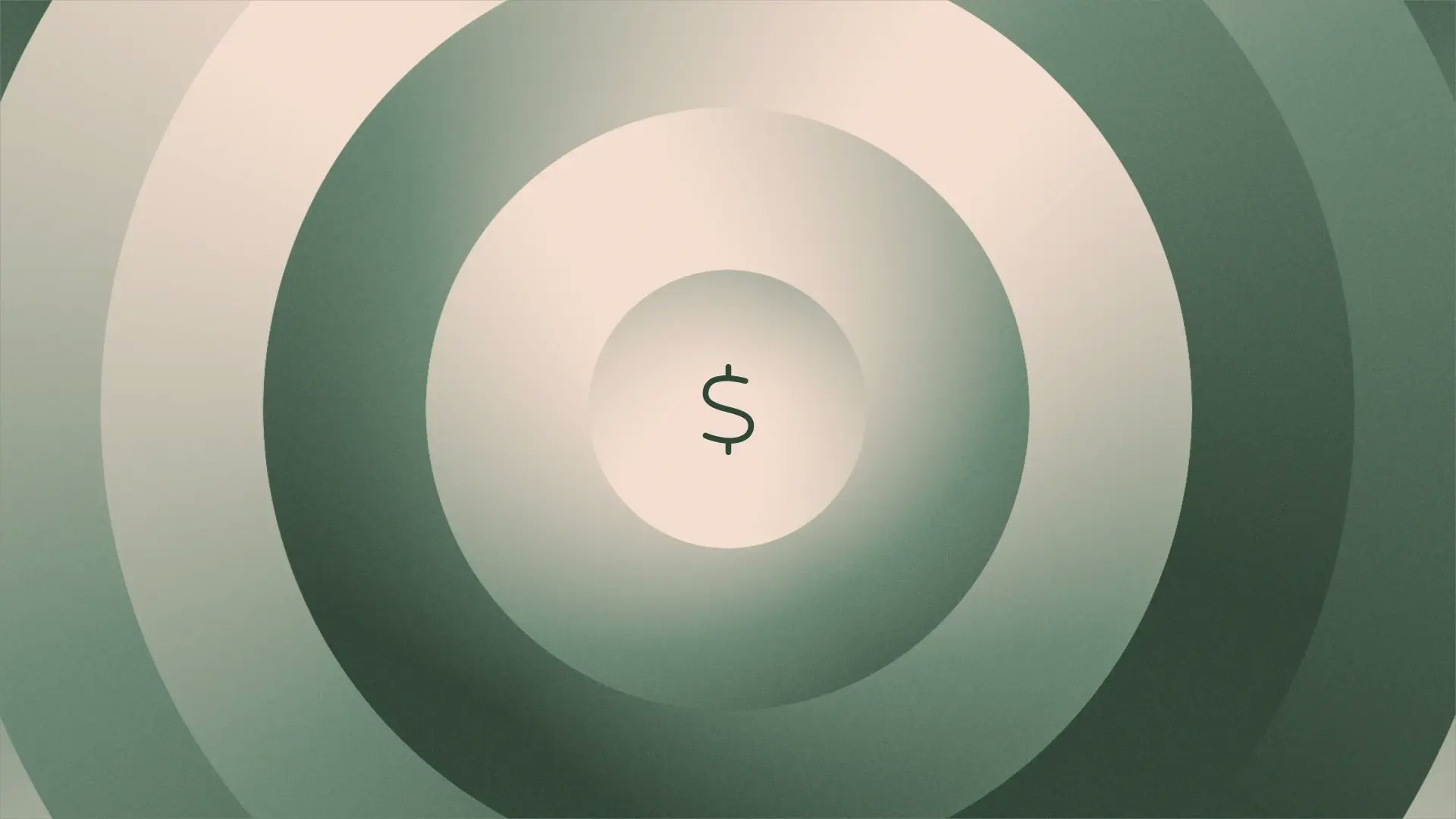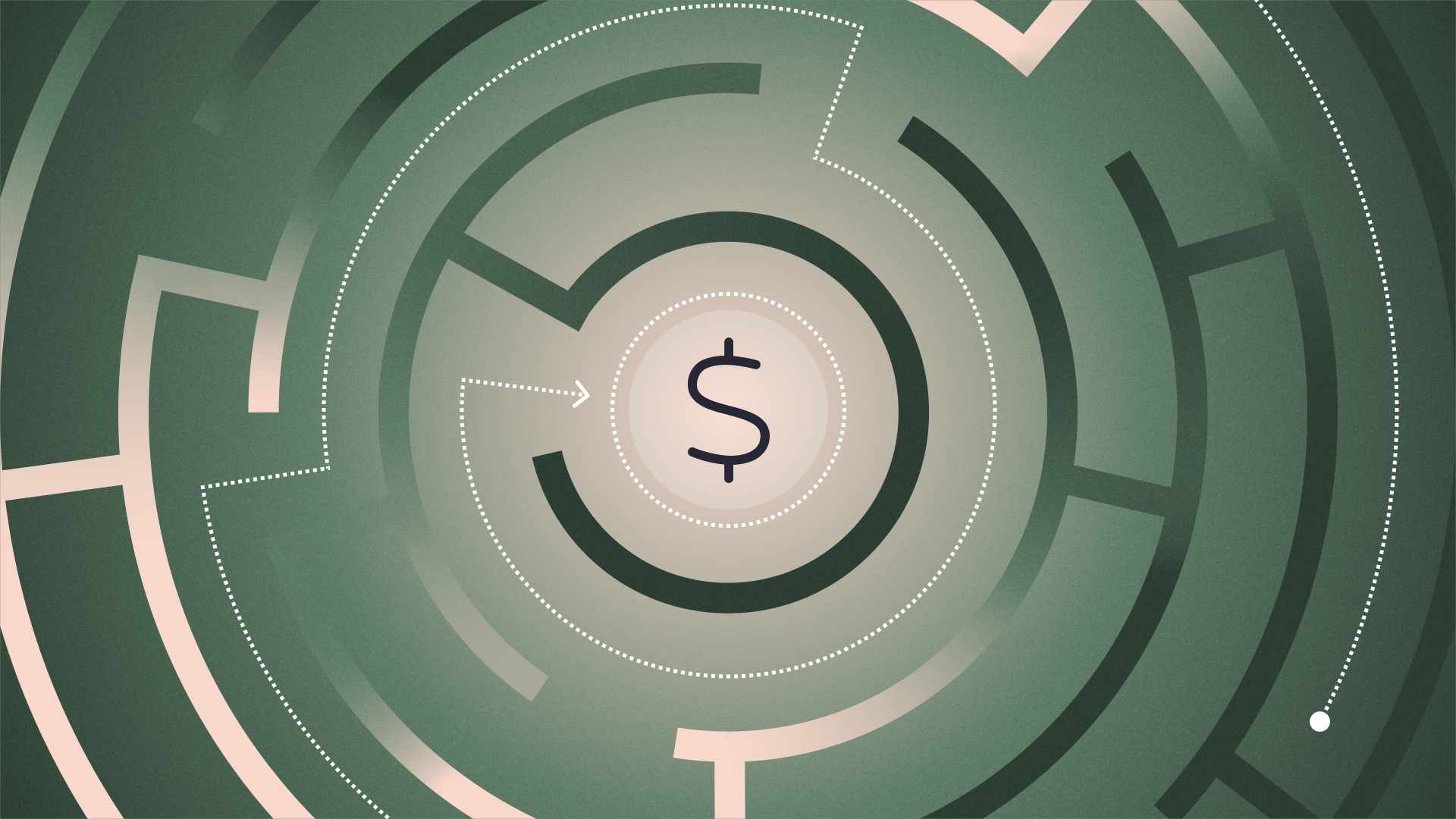What’s the difference between leading and lagging indicators?

Former product manager turned content marketer and journalist.
Chess is a complex game, as any player will attest. Players are trying to execute a multi-step strategy for winning, while also reacting to moves from their opponent.
In the startup world, tracking key performance indicators (KPIs) isn’t all too different from chess. It’s often a combination of looking forward and looking backward. And the most successful startups are reacting in both directions. They are looking for signs of product-market fit and growth while also retroactively assessing what has happened as a result of past moves.
In other words, measuring positive growth and understanding how your strategies are working towards your goals often comes down to tracking a combination of leading indicators (future) and lagging indicators (past).
What is a leading indicator?
A leading indicator is a signal, number, or some type of measurement that happens before a change in your company’s growth or financial performance. Think of leading indicators as a glimpse into the future — if you can identify the right patterns.
For example, your sales pipeline might be a leading indicator — but not all deals will close. You’d need to narrow down which deals signal buying intent. Those become a more reliable metric as a leading indicator.
If you have a self-serve product, you might look at user engagement, such as daily active users or feature adoption. Those can become leading indicators for free-to-paid conversions, for example, assuming you can identify the user behavior that leads to revenue.
Advantages of leading indicators
If you interpret your leading indicators correctly, you can address problems (like low pipeline volume) before they begin to impact revenue. Leading indicators might also help you identify easy-to-address areas for improvement in your product, such as low user engagement signaling a product or feature issue that you can easily fix with additional product development.
Startups have often thrived on their ability to interpret and act on trends correctly. Leading indicators allow you to do this.
Disadvantages of leading indicators
The advantages of leading indicators are tightly connected to their disadvantages. They’re often based on a theory or interpretation. You can see that your pipeline is depleting or your engagement is dropping, but you have to identify why — and that often comes down to hypothesizing and experimenting. If you change your strategy and the underlying assumption about the leading indicator is incorrect, you could make the problem worse.
You may also simply not have enough data. Maybe you’re alarmed by a drop in pipeline during 3rd quarter, but future years in business would tell you that this always happens due to the cyclical nature of your business. Without good benchmarks, it’s hard to tell if an unfavorable leading indicator is a cause for concern or par for the course.
What is a lagging indicator?
By contrast, a lagging indicator measures company performance and results based: some type of event or strategy has already occurred that led to the specific output.
Revenue, retention, and churn rates are all examples of lagging indicators. The numbers will tell you if you have good product-market fit, if your sales and marketing strategies are working, and if your customers find value in the product.
Advantages of lagging indicators
While leading indicators can be used to make predictions, lagging indicators are an actual reflection of what happened. You can measure the effectiveness of different strategies over a period of time by comparing numbers year-over-year or quarter-over-quarter.
Lagging indicators are very easy to understand because you’re analyzing a quantifiable set of data. Often, you can trace your lagging indicators back to a specific leading indicator, such as a new marketing strategy or the release of a new feature. Of course, several strategies or events may result in a single lagging indicator (like sales), so it’s hard to know the specific influence of each.
Disadvantages of lagging indicators
Since lagging indicators aren’t based on any projections, you can’t factor in the unknowns. An economic downturn, for example, will only appear in your company’s financial statements after it has already started to impact your revenue numbers.
Because of this, if you base company strategies on lagging indicators, you have delayed decision-making. By the time you review quarterly sales results, for example, it’s too late to make changes. You can only hope to impact future sales. And you won’t know if the changes worked until you see the next quarter’s results.
How to leverage both leading and lagging indicators
The best chess players deftly and concurrently apply their own strategy and react to the other player’s moves. And the best startups need to apply a similar methodology. You’ll chart a future course using leading indicators while also responding to the lagging indicators.
The key is finding the right pairing of a leading indicator and a lagging indicator — and building a strategy based on that combination.
Let’s say you have a goal of increasing monthly recurring revenue (MRR) by 5% over the course of a quarter. The increased revenue is a lagging indicator. You know you’ll need to hit a number of free-to-paid conversions to increase MRR.
In this case, your leading indicator might be engaged users within a free trial. The more engaged, the more likely to convert. You could use in-app tutorials for certain features or email nurturing to encourage users to become more engaged with the product.
In any combination, you’ll start with your goal and identify the lagging indicator that will tell you if you’ve reached that goal. Then identify the leading indicator(s) that build the foundation you need for your lagging indicators. Guide your customers in the direction of your leading indicators, and you’ll set yourself up for success.
Manage your risk tolerance with leading and lagging indicators
With the right pairings of leading and lagging indicators, you can begin to make measured bets. If you’re unsure of your strategy, make a smaller move to nudge your leading indicators and monitor the performance of your lagging indicators. If you’re willing to take more risks, you can make bigger changes and see if your strategies move the needle in company performance.
Whether you make small or big moves, you’ll have a more comprehensive view of your startup’s health. You can make more informed and timely decisions based on leading indicators while also tracking results with correlating lagging indicators.
The best chess players evaluate the impact of each completed move and think about how it influences their next move. Always with a specific end result in mind. You can make small moves or big moves but should keep measuring every step of the way.
About the author
Anna Burgess Yang is a former product manager turned content marketer and journalist. As a niche writer, she focuses on fintech and product-led content. She is also obsessed with tools and automation.
Related reads

Stage-based metric stacks: Which KPIs actually move your valuation

Building in public: Is this the right approach for your startup?

How much should a small business spend on marketing?
